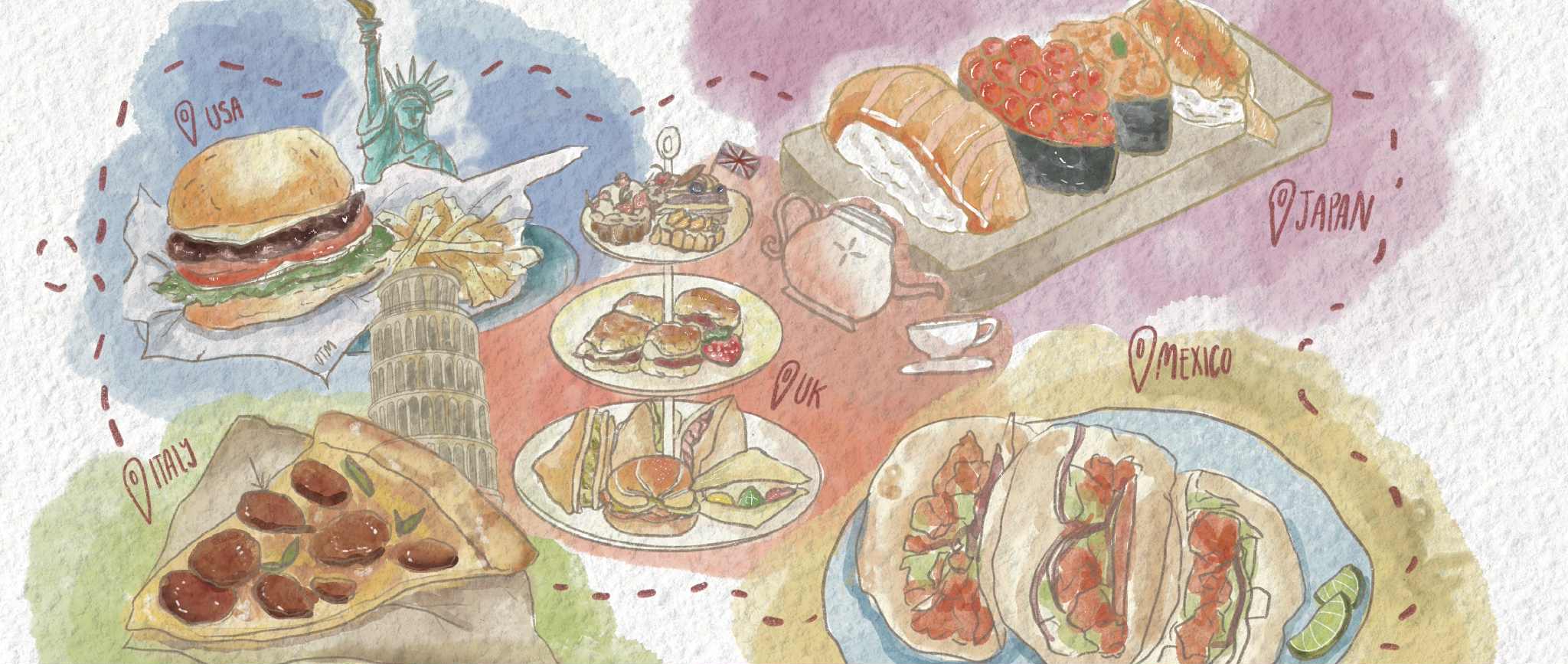Update [10/24/2025, 12:17 p.m.]: This article has been updated from its original version to include that November benefits have been paused due to the federal government shutdown.
UC Santa Barbara’s CalFresh outreach program, which helps students apply for food assistance through the federal Supplemental Nutrition Assistance Program, is facing a $178,219 budget cut for 2026, an approximate 60% reduction from the expected amount of $297,275.

UCSB’s Calfresh outreach program received an approximate 60% budget cut for 2026. Shengyu Zhang / Daily Nexus
This funding cut is the result of changes to how the U.S. Department of Agriculture (USDA) reimburses organizations that assist individuals with CalFresh applications. Beginning Oct. 1, 2026, the federal reimbursement rate will shift from $1 per every $2 spent to $1 per every $5 spent.
According to a campus-wide email sent by Dean of Students Joaquin Becerra and Senior Director of Basic Needs Rebecca Segundo, the county Department of Social Services recently notified the outreach team that CalFresh benefits will be put on hold starting in November due to the federal government shutdown. Benefits that were allocated before November are still available for use. 42 million people nationwide will lose access to Supplemental Nutrition Assistance Program (S.N.A.P.) benefits. The program is expected to resume after the shutdown ends although the email stated benefits may be “delayed.”
Katie Maynard, the director of Student Sustainability Initiatives at UCSB, said this cut is significant as it may affect UCSB Basic Needs’ operations and the number of students they will be able to assist.
“It’s a substantial shift and it’ll affect our ability to support and help students with CalFresh applications,” Maynard said.
According to Maynard, UCSB was previously budgeted to receive $297,275 for CalFresh outreach funding in 2026, but will now receive $119,055.80 under the new cost-sharing structure. Maynard said that her office is actively working to make up for this funding deficit through fundraising.
“We are looking at different ways that we can still ensure supporting students without loss of funding,” Maynard said. “But this is going to be a substantial cut for us for next year.”
According to Maynard, federal S.N.A.P. funding is divided into three “buckets” that have each been affected differently by policy changes. These categories are recipient benefits, outreach funding and SNAP-Ed, which is known as CalFresh Healthy Living in California.
For students, the first bucket of funding, recipient benefits, will not decrease due to budget cuts. However, it will no longer increase with inflation for the next five years, which Maynard said “typically had been done.”
According to the U.S. Bureau of Labor Statistics, the Consumer Price Index — a measure of inflation — increased 2.9% over the past 12 months for all consumer goods and services. Additionally, food prices have risen faster than inflation, with the USDA noting that food prices in Aug. 2025 were 3.2% higher than the same month of the previous year.
Maynard also noted that certain eligibility requirements have changed, making it so that only legal permanent residents and U.S. citizens are eligible to apply for S.N.A.P. benefits. Specifically, individuals with certain immigration statuses who were previously eligible for CalFresh are no longer eligible, although undocumented individuals have always been ineligible for benefits.
“In particular, refugees, asylees, folks on special juvenile immigrant status, folks that came in via the [Violence Against Women Act] program — those categories are not eligible anymore,” Maynard said.
The second funding bucket, CalFresh outreach, is where UCSB will face the most significant changes. UCSB’s program is currently funded by the USDA and California’s Basic Needs legislative funding, the latter of which has not been reduced, but federal cuts have caused a significant gap in funding.
The third bucket is the USDA’s SNAP-Ed program, which provides nutrition education to S.N.A.P. recipients to promote improved nutrition and healthier lifestyles. CalFresh Healthy Living was completely eliminated on a federal level as of Oct. 1 of this year as a result of the passing of H.R.1, commonly known as the One Big Beautiful Bill Act.
“CalFresh Healthy Living at the federal level was eliminated as of Oct. 1, 2025,” Maynard said. “This is a program that has been around for many decades and the federal government 100% cut CalFresh Healthy Living and SNAP-Ed across the country in one fell swoop.”
According to Maynard, this will not significantly affect UCSB students because the program had just been established at UCSB in June and had not been fully implemented.
“It’s not going to make a big difference for students on our campus, but federally it’s a big deal,” Maynard said. “It could have been something that we were in the process of trying to build out and we did recently get some news that there may be an extension to that, but it’ll be short-term.”
A version of this article appeared on p. 4 of the Oct. 23 print edition of the Daily Nexus





















Hear in Santa Barbara we our proud Democrats are we our united in are beleif that the shutdown is 100 per cent the fault of the FoxNews-watching republitards and the orenge turd who lives at 1600 Pittsburgh Blvd. These shut downs our now effecting are food supply and theirfore our criminal acts that must be punished. YES ON 50. RESIST. VOTE DEMOCRAT. IT TAKES A VILLAGE